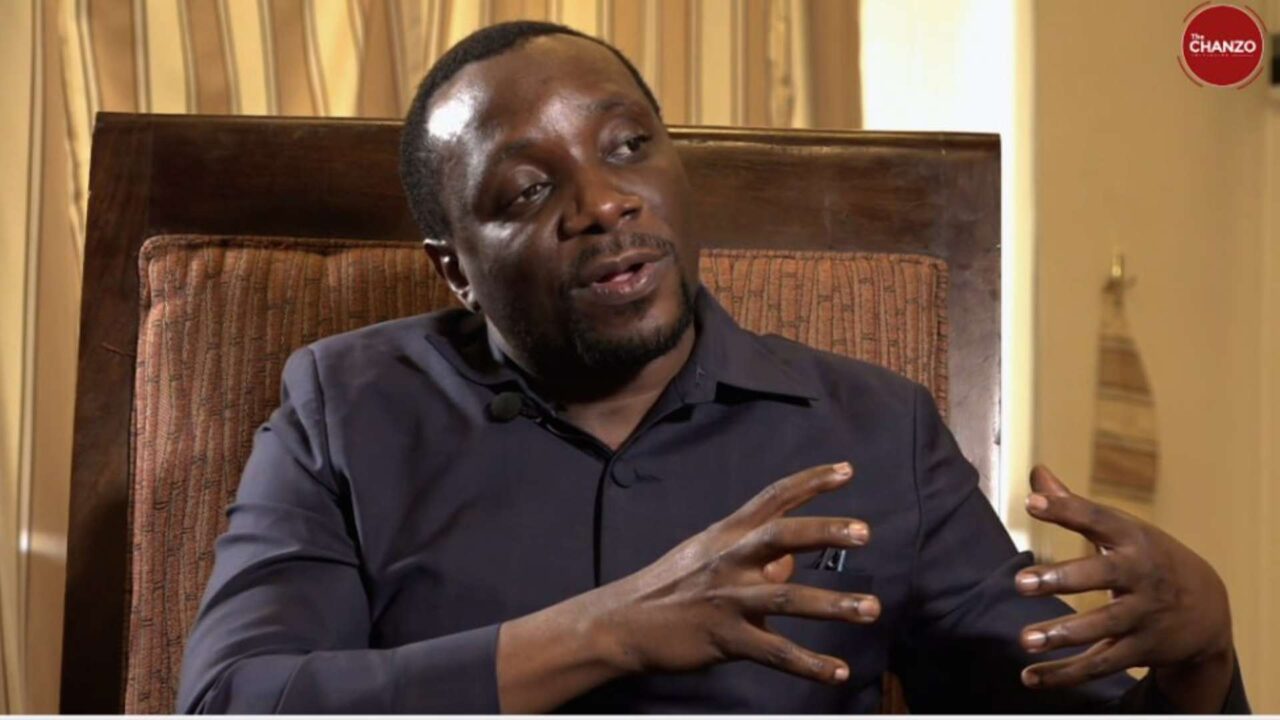A scheduled withdrawal of SADC troops from Mozambique is likely to ease pressure on the ISIS-affiliated Al Sunna Wal Jammah (ASWJ) terrorist group and expose Tanzania to higher cross-border security risks. The combined efforts of forces from Rwanda, SADC and Mozambique’s national army had, until recently, successfully degraded the insurgent’s capacity to organise and carry out large-scale operations.
However, as of early May, there has been a clear uptick in insurgency activity, pointing to the resilience of the group. Tanzania’s response to the crisis in Mozambique has, primarily, been driven by the desire to secure its southern border, but – as this article argues – there is a complex set of motives at play.
Tanzania’s response has generally been successful, re-opening multiple crossing points and allowing civilian access in areas that were initially restricted. Tanzanian forces have also played a key role in stabilising the situation in the Nangade district.
The departure of SADC forces, effective at the end of July 2024, threatens Tanzania’s progress to date. This threat continues to inform internal debates about how to respond.
Prior to a cross-border attack by ASWJ insurgents in October 2020, Tanzania considered the security situation along its 800-kilometre border with Mozambique to be stable. But since 2021, authorities have described the situation as “moderate and unpredictable.”
Differing approaches
The shift in assessment informed Tanzania’s decision to join the SADC Mission in Mozambique (SAMIM) in 2021 and a bilateral deployment to the Nangade district in the fourth quarter of 2022. This pattern of deployment, as authorised by the current President, Samia Suluhu Hassan, deviated from the defensive approach preferred by the previous administration.
READ MORE: How Tanzania Shifted Its Approach In Countering Violent Extremism
Under the late President, John Pombe Magufuli, Tanzania pursued a defensive strategy that focused on fortifying the southern border. Key components of the strategy included increasing the number of defence outposts at strategic points from Ruvuma to Mtwara regions, enhancing intelligence collection through greater collaboration with citizens and the mgambo, or people’s militia, and strengthening coordination and intelligence sharing with Mozambique.
This approach aligned with the administration’s strict interpretation of the country’s foreign policy, which until 2021 maintained a near singular focus on economic diplomacy. By joining the SADC Mission in Mozambique, and requesting a bilateral deployment, Tanzanian authorities acknowledged, though indirectly, that the country’s initial strategy had been inadequate.
The southern regions of Tanzania—Lindi, Mtwara, and even Pwani—remain notably poor, and this is not likely to change in the short term, even with the eventual exploitation of the region’s natural gas reserve, about 57 trillion cubic feet.
According to the most recent household budget survey, Mtwara and Lindi are among the regions with the highest incidences of basic needs and food poverty. Besides, residents harbour strong marginalisation sentiments due to concerns about the government’s failure to address historical development inequities.
In this sense, Tanzania’s response to the situation in Mozambique is primarily driven by the imperative to prevent potential cross-border spillover, given the strong marginalisation sentiments in Lindi and Mtwara, evidence of radicalisation, and daily interactions between communities on both sides.
Other motives
Two other motives are worth mentioning. Firstly, although invoked recently, Tanzania’s sense of historical and ‘brotherly’ obligation toward Mozambique has declined with a shift in its foreign policy.
READ MORE: Reports of Its Youth Joining Terrorist Groups Concern Tanzania
It is important to note that the border with Mozambique has historically been difficult to defend, and Tanzania has often had to position its battle-ready contingents nearby. For this reason, Mozambique remains strategic.
Also, Tanzania has historically viewed some of Mozambique’s new security partners with suspicion. It is keen to limit espionage while keeping its old ally placated.
Secondly, Tanzania has struggled to contain localised crime and the illicit economy associated partly with the presence of a large number of refugees along its North-Western border.
This explains why, at the peak of the insurgency in Mozambique, Tanzania discouraged refugee settlements on its southern border, to the extent of being accused of violating a non-refoulment principle, which bars countries from returning people to places where they are likely to face persecution.
The actual size of the Tanzania Peoples Defence Forces (TPDF) contingent in Mozambique is uncertain. Tanzania sent a contingent of about 270 soldiers at the beginning of the SADC operation in 2021. The need for a bilateral arrangement emerged at the beginning of 2022, at a time when the TPDF was struggling to achieve an upper hand in Nangade.
READ MORE: Why Did It Take Tanzania Eighteen Years to Ratify OAU Convention on Terrorism?
A bilateral arrangement was deemed necessary to allow flexibility in the rotation of forces within and across borders. With this arrangement, Tanzania was able to draw on its surge capacity, and benefited from a vibrant local militia.
Nangade has seen the most progress to date, and as mentioned earlier, the TPDF and other security organs have been able to contain cross-border attacks for more than two years now. If put on a scale, Tanzania’s contribution to the efforts to curb the insurgency in Mozambique has been relatively minimal, particularly if measured in terms of the size of forces committed. Within SAMIM, South Africa is the largest contributor, and Rwanda is the single biggest bilateral contributor.
Significant cost
It is notable that Tanzania’s achievements, both in Nangade and within its borders, have come at a significant cost. Tanzania’s defence budget has increased by about ten per cent each year since 2021, while the disbursement rate, i.e., the actual amount released, has stayed at around 81 per cent.
While overall budget performance has been high, allocations to the development budget have varied, indicating a reduction or re-allocation due to competing priorities. Apart from finance, in 2022 the parliament approved a protocol for the OAU Convention on the Prevention and Combating of Terrorism (2004), in order to facilitate intelligence sharing, extradition of suspects, and mutual learning.
The principle legislation on terrorism prevention was also updated in recognition of the increase in both the threat level and actual incidents over the last few years. In spite of these developments, terrorism remains a sensitive subject in the country. Authorities are comfortable talking about ‘signs of terrorism,’ for it aligns with their view of the problem as primarily external.
READ MORE: Youths Mysteriously Go Missing in Zanzibar. Families, Police Offer Contradictory Explanations
Media reports indicate that Rwanda is likely to increase its troops to address the gap left by the departure of SADC forces. There are also indications that South Africa, the largest SADC operations contributor, might delay its withdrawal until the end of 2024.
Tanzania is not likely to immediately adjust its current response strategy unless the situation on its southern border changes radically. Although currently under review, the country’s foreign policy remains focused on economic diplomacy, with peace-keeping considered a cost-effective way to support global peace.
Reports indicate that the TPDF contingent in Nangade will remain under a bilateral arrangement as SADC departs, thus retaining a crucial aspect of flexibility.
Tanzania is poised to retain its enhanced multi-agency presence along its southern border, and has over the last year allowed Non-Governmental Organisations (NGOs) to resume activities in areas that were initially out of bounds.
Some of these NGOs have received external funding to carry out work on preventing violent extremism by strengthening local-level governance and improving the livelihood of vulnerable communities. Although not yet at the desired level, these interventions are important.
Security approaches ought to be complemented by investment in long-term development, especially in places where perceptions of marginalisation are strong. This includes the entire southern corridor.
Dastan Kweka is a governance specialist, analyst and writer. He’s available at kwekad@gmail.com or on X as @KwekaKweka. These are the writer’s own opinions and do not necessarily reflect the viewpoints of The Chanzo. Do you want to publish in this space? Contact our editors at editor@thechanzo.com for further inquiries.




